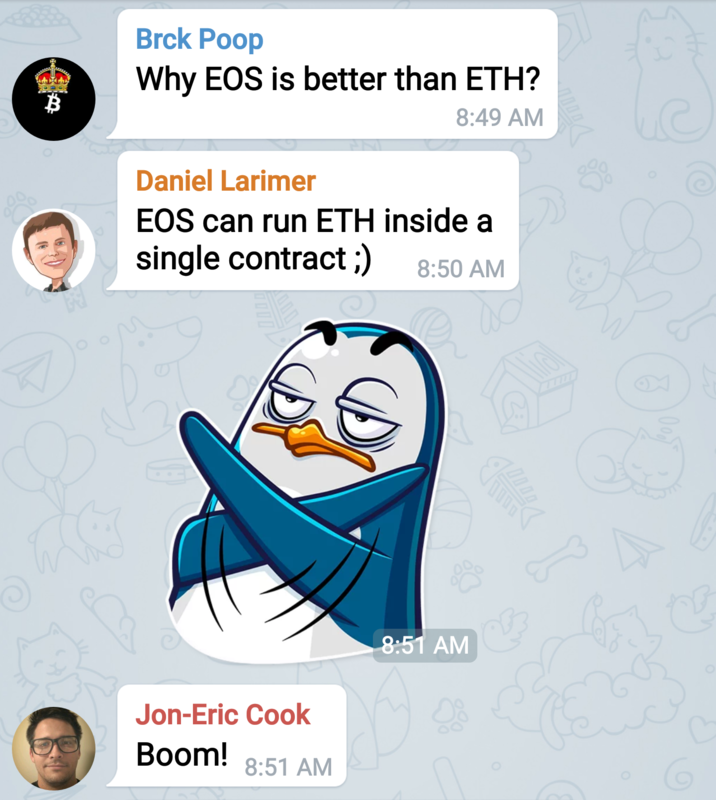
Now that EOS’ ICO is behind us, let’s take a look at the technology powering this project. The developers are putting a strong focus on asynchronous smart contracts (ASCs). This is similar to Ethereum, but it appears EOS will be far more efficient. How does it all work? What benefits does it provide?
ASYNCHRONOUS SMART CONTRACTS EXPLAINED
Whenever someone talks about smart contracts, Ethereum is inevitably brought up. Ethereum is immensely popular because of their implementation of smart contracts. However EOS is approaching this differently with asynchronous smart contracts (ASCs). ASCs are something else entirely. Blockchain technology relies on sequential transaction processing, which causes delays and can render the technology inefficient.
The throughput of a blockchain using sequential processing of transactions is limited to the computational capacity of a single CPU core. Using CPUs with more powerful cores can address some concerns, but it is not a long-term solution. Instead, we need to pursue concepts which allow for horizontal scaling, rather than vertical scaling. This is much easier said than done, but ASCs present an interesting opportunity to achieve it.
The EOS project aims enable a blockchain to process millions of transactions per second. This is an ambitious goal, and its feasibility has yet to be demonstrated. Most of the details regarding ASCs are shrouded in mystery, which makes it difficult to assess its viability. Not sharing the details with the public is a strange decision, and somewhat frustrating to those of us who want to understand ASCs better. However, this project seems to be in good hands. Dan Larimer is its CTO, who also helped develop Steemit and BitShares.
The goal of ASCs is to cut transactions into bite-sized pieces. In theory, this will allow the underlying blockchain to process a high amount of transactions at the same time, while still being able to serve other network commands. For example, the technology allows for transaction processing and Dapp execution at the same time without creating a “queue” on the blockchain. All of this remains theoretical since there are no real-world demonstrations of ASC handling these different commands concurrently.

That being said, the developers conducted a test with an empty contact a few weeks ago. They concluded it is possible to achieve a throughput of around 1,000 transactions per second. This is still not good enough. However, it is a big step forward compared to other blockchain solutions, with the exception of NEM and Mijin. Later improvements to the code achieved a total of 50,000 sequential transactions per second.
The major advantages of asynchronous smart contracts are an increased transaction throughput, the potential to eliminate network fees, and providing a viable scaling solution. Considering how this platform is merely conceptual at this point, it is unclear how much of an impact ASCs will make. Only time will tell if this technology can succeed, but it is definitely something to look forward to.
For now, EOS is but a lot of talk and hence the token's price is driven by speculation only. Therefore, the question should be "When should we buy EOS; if ever?"
Thanks for the comment @uniteworld ! Please do like and support if you want me to make a blog about "When should we buy EOS" recommended from you above !
yep i agreed with that, at the moment they are selling names, and the year long ICO..thats gonna be draining
@schiz True that perhaps I shall make a topic regarding and see how other steemit friends think !